#native plants
Text

everywhere just now..stream violet..
162 notes
·
View notes
Text

Wild ginger, Asarum canadense, in the woods with its weird little flower at ground level.
148 notes
·
View notes
Text

large white trillium // 26 may 2023
#nature#original photography#photographers of tumblr#nature photography#trillium#wildflowers#native plants#trillium grandiflorum#puremichigan#mine#fleetingfutures#spring#may#flowercore#naturecore#greencore#cottagecore#michigan photography#michigan
20 notes
·
View notes
Text
#tiktok#andrew_the_arborist#urban gardening#urban landscape#ecofriendly#native wildflowers#eco friendly#eco lawn#native plants#garden#gardening
27K notes
·
View notes
Text
"With “green corridors” that mimic the natural forest, the Colombian city is driving down temperatures — and could become five degrees cooler over the next few decades.
In the face of a rapidly heating planet, the City of Eternal Spring — nicknamed so thanks to its year-round temperate climate — has found a way to keep its cool.
Previously, Medellín had undergone years of rapid urban expansion, which led to a severe urban heat island effect — raising temperatures in the city to significantly higher than in the surrounding suburban and rural areas. Roads and other concrete infrastructure absorb and maintain the sun’s heat for much longer than green infrastructure.
“Medellín grew at the expense of green spaces and vegetation,” says Pilar Vargas, a forest engineer working for City Hall. “We built and built and built. There wasn’t a lot of thought about the impact on the climate. It became obvious that had to change.”
Efforts began in 2016 under Medellín’s then mayor, Federico Gutiérrez (who, after completing one term in 2019, was re-elected at the end of 2023). The city launched a new approach to its urban development — one that focused on people and plants.
The $16.3 million initiative led to the creation of 30 Green Corridors along the city’s roads and waterways, improving or producing more than 70 hectares of green space, which includes 20 kilometers of shaded routes with cycle lanes and pedestrian paths.
These plant and tree-filled spaces — which connect all sorts of green areas such as the curb strips, squares, parks, vertical gardens, sidewalks, and even some of the seven hills that surround the city — produce fresh, cooling air in the face of urban heat. The corridors are also designed to mimic a natural forest with levels of low, medium and high plants, including native and tropical plants, bamboo grasses and palm trees.
Heat-trapping infrastructure like metro stations and bridges has also been greened as part of the project and government buildings have been adorned with green roofs and vertical gardens to beat the heat. The first of those was installed at Medellín’s City Hall, where nearly 100,000 plants and 12 species span the 1,810 square meter surface.
“It’s like urban acupuncture,” says Paula Zapata, advisor for Medellín at C40 Cities, a global network of about 100 of the world’s leading mayors. “The city is making these small interventions that together act to make a big impact.”
At the launch of the project, 120,000 individual plants and 12,500 trees were added to roads and parks across the city. By 2021, the figure had reached 2.5 million plants and 880,000 trees. Each has been carefully chosen to maximize their impact.
“The technical team thought a lot about the species used. They selected endemic ones that have a functional use,” explains Zapata.
The 72 species of plants and trees selected provide food for wildlife, help biodiversity to spread and fight air pollution. A study, for example, identified Mangifera indica as the best among six plant species found in Medellín at absorbing PM2.5 pollution — particulate matter that can cause asthma, bronchitis and heart disease — and surviving in polluted areas due to its “biochemical and biological mechanisms.”
And the urban planting continues to this day.
The groundwork is carried out by 150 citizen-gardeners like Pineda, who come from disadvantaged and minority backgrounds, with the support of 15 specialized forest engineers. Pineda is now the leader of a team of seven other gardeners who attend to corridors all across the city, shifting depending on the current priorities...
“I’m completely in favor of the corridors,” says [Victoria Perez, another citizen-gardener], who grew up in a poor suburb in the city of 2.5 million people. “It really improves the quality of life here.”
Wilmar Jesus, a 48-year-old Afro-Colombian farmer on his first day of the job, is pleased about the project’s possibilities for his own future. “I want to learn more and become better,” he says. “This gives me the opportunity to advance myself.”
The project’s wider impacts are like a breath of fresh air. Medellín’s temperatures fell by 2°C in the first three years of the program, and officials expect a further decrease of 4 to 5C over the next few decades, even taking into account climate change. In turn, City Hall says this will minimize the need for energy-intensive air conditioning...
In addition, the project has had a significant impact on air pollution. Between 2016 and 2019, the level of PM2.5 fell significantly, and in turn the city’s morbidity rate from acute respiratory infections decreased from 159.8 to 95.3 per 1,000 people [Note: That means the city's rate of people getting sick with lung/throat/respiratory infections.]
There’s also been a 34.6 percent rise in cycling in the city, likely due to the new bike paths built for the project, and biodiversity studies show that wildlife is coming back — one sample of five Green Corridors identified 30 different species of butterfly.
Other cities are already taking note. Bogotá and Barranquilla have adopted similar plans, among other Colombian cities, and last year São Paulo, Brazil, the largest city in South America, began expanding its corridors after launching them in 2022.
“For sure, Green Corridors could work in many other places,” says Zapata."
-via Reasons to Be Cheerful, March 4, 2024
#colombia#brazil#urban#urban landscape#urban planning#cities#civil engineering#green architecture#green spaces#urban heat#urban heat island effect#weather#meteorology#global warming#climate change#climate hope#climate optimism#climate emergency#climate action#environment#environmental news#city architecture#bicycling#native plants#biodiversity#good news#hope#solarpunk#ecopunk#hopepunk
12K notes
·
View notes
Photo

Plant native plants, y’all!
#lawns#gardens#home and garden#gardening#native plants#ecology#environment#conservation#nature#outdoors
14K notes
·
View notes
Text


Butterfly Repopulation Station in Portland
Free seeds, information and also a patch of milkweed for Monarch Butterflies
11K notes
·
View notes
Text

New art!!!! I’ve been getting back into graphic design recently! 2024 is going to be my draw whatever I want without stressing era (I will probably stress)
2K notes
·
View notes
Text
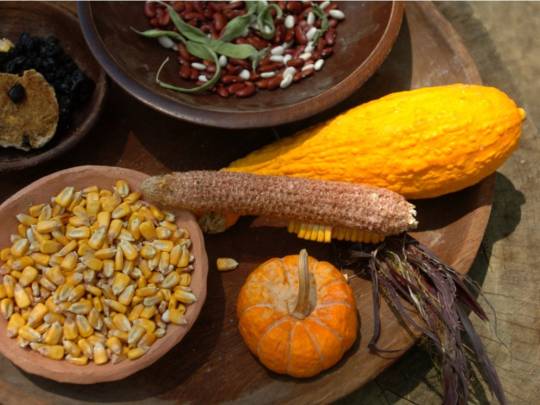

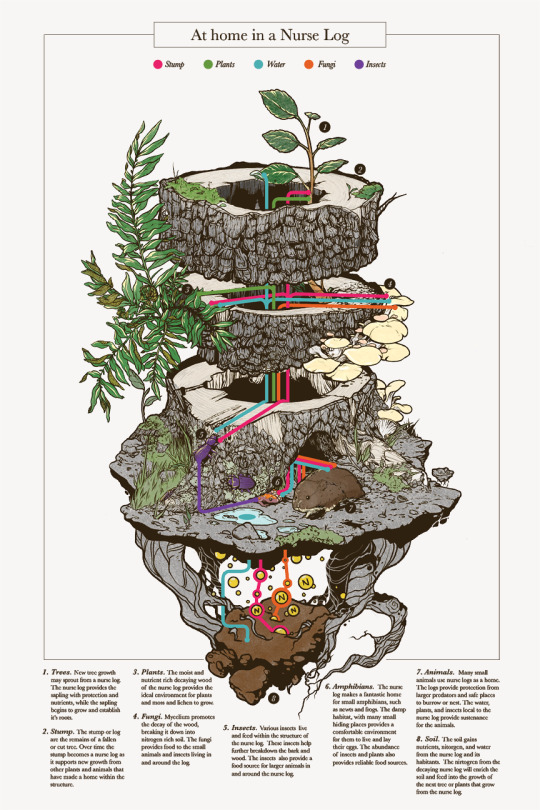
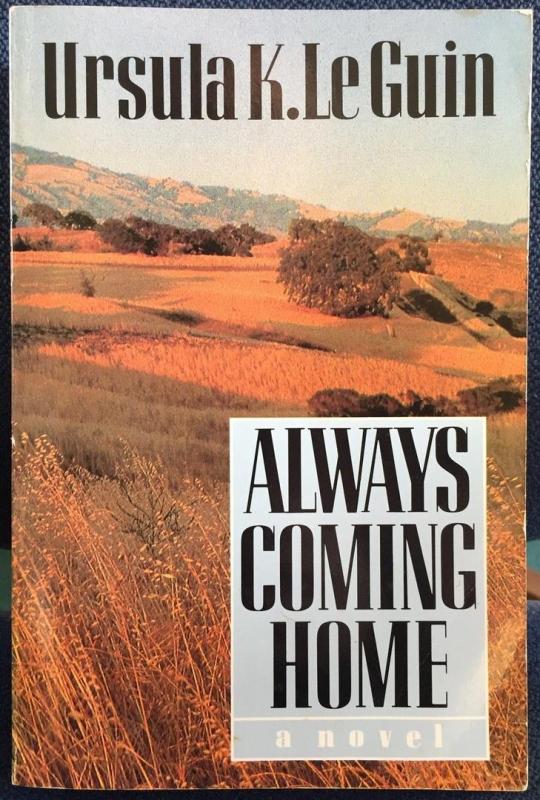


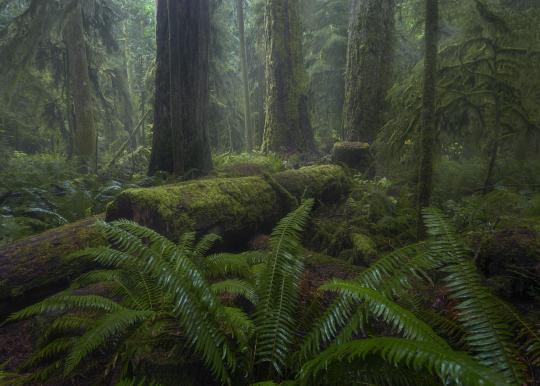

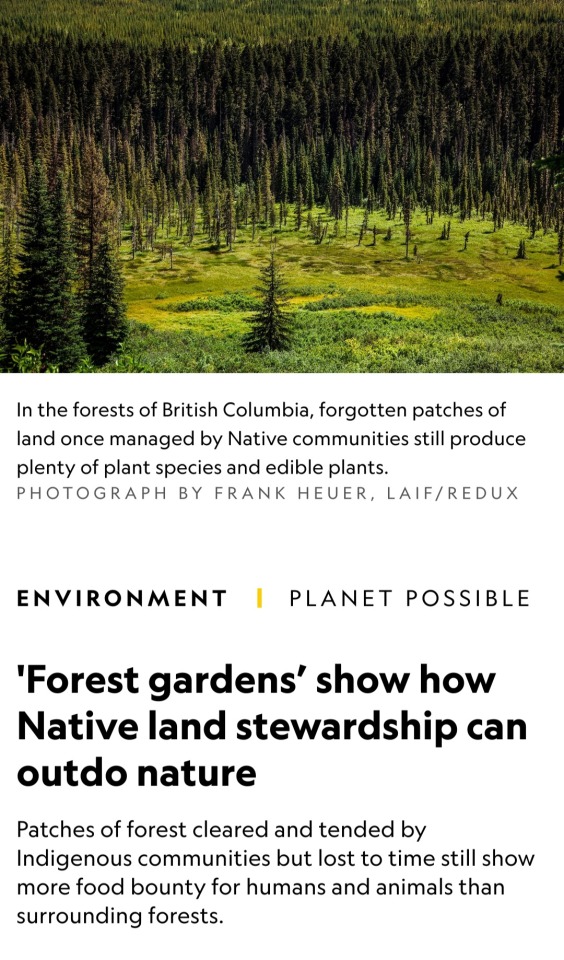

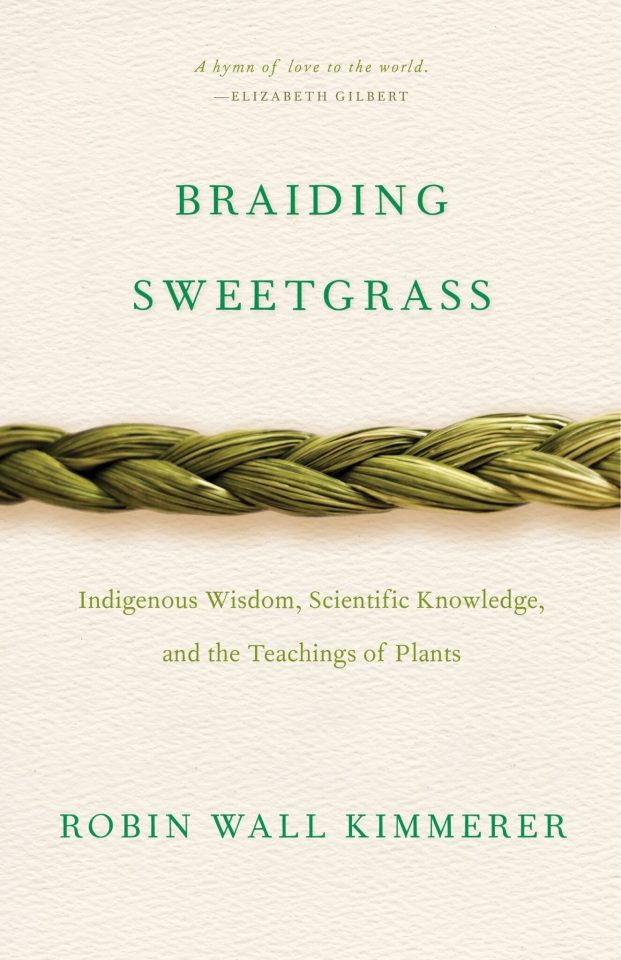
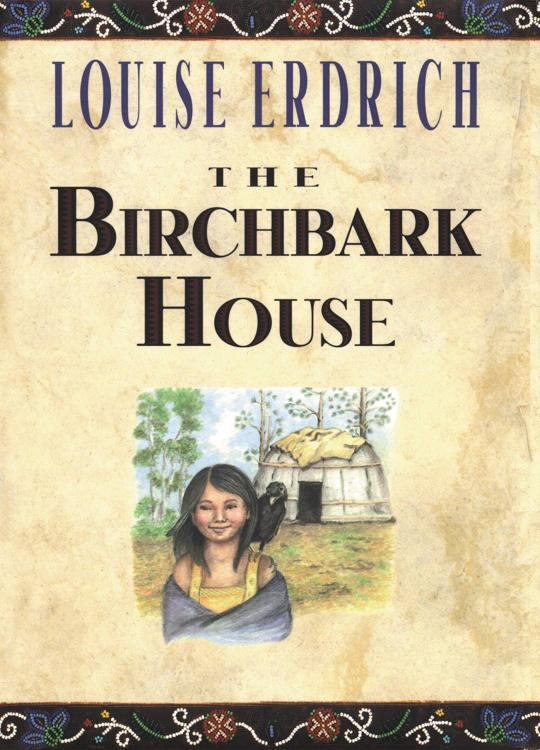

times, places, and practices that I want to learn from to imagine a hopeful future for humanity 🍃
the three sisters (squash, beans, maize) stock photo - alamy // anecdote by Ira Byock about Margaret Mead // art by Amanda Key // always coming home by Ursula K. Le Guin // Yup'ik basket weaver Lucille Westlock photographed by John Rowley // the left hand of darkness by Ursula K. Le Guin // photo by Jacob Klassen // the carrier bag theory of fiction by Ursula K. Le Guin // article in national geographic // the dawn of everything by David Graeber and David Wengrow // braiding sweetgrass by Robin Wall Kimmerer // the birchbark house by Louise Erdrich // photo by John Noltner
I'm looking for more content and book recs in this vein, so please send them my way!
#solarpunk#hopepunk#braiding sweetgrass#just a collection of books and pictures that make me hopeful for the future#margaret mead#robin wall kimmerer#nature#ursula k le guin#ursula k. le guin#the left hand of darkness#the carrier bag theory of fiction#the dawn of everything#anthropology#future#hopecore#native plants#biodiversity#sustainability#eco#eco friendly#louise erdrich#civilization
2K notes
·
View notes
Text
Chemically sterilized...or mechanically sterilized?
It is clear that applying chemicals to your yard and landscape, be it fertilizers, weed killers, or pesticides, has devastating effects to the community of life that is present in every place.
But is the terrifying decline in insects explainable by chemicals alone?
When i am in mowed environments, even those that I know have no lawn chemicals, they are almost entirely empty of life. There are a few bees and other insects on the dandelions, but not many, and the only birds I see are American robins, Grackles, and European starlings.
Even without any weed killers at all, regular mowing of a lawn type area eliminates all but a few specially adapted weeds.
The plants of a lawn where I live include: Mouse ear chickweed, Birds-eye Speedwell, Common blue violet, Dandelion, Wild Garlic, Creeping charlie, White Clover, Black Medick, Broad-leaved plantain, Mock Strawberry, Crabgrass, Small-flowered Buttercup, Ribwort Plantain, Daisy Fleabane, a few common sedges, Red Deadnettle...That sounds like a lot of plants, but the problem is, almost all of them are non-native species (Only Violets, Daisy Fleabane, and the sedges are native!) and it's. The Same. Species. Everywhere. In. Every. Place.
How come...? Because mowed turf is a really specific environment that is really specifically beneficial to a number of almost entirely European plants, and presents stressors that most plants (including almost all native north american plants) simply can't cope with.
The plants mentioned above are just the flowering weeds. The grasses themselves, the dominant component of the lawn, are essentially 100% invasive in North America, many of them virulently and destructively invasive.
Can you believe that Kentucky bluegrass isn't even native to Kentucky? Nope, it's European! The rich pasture of the Bluegrass region of Kentucky was predominantly a mix of clover, other legumes, and bamboo. The clovers—Kentucky clover, Running buffalo clover, and buffalo clover—are highly endangered now (hell, kentucky clover wasn't even DISCOVERED until 2013) and the bamboo—Giant rivercane, Arundinaria gigantea—has declined in its extent by 98%. Do European white and red clovers fulfill the niches that native clovers once did? Dunno, probably not entirely.
One of the biggest troubles with "going native" is that North America legitimately does not have native grass species that really fill the niche of lawn. Most small, underfoot grassy plants are sedges and they are made for shady environments, and they form tufts and fancy sprays, not creeping turf. Then there's prairie grasses which are 10 feet tall.
What this means, though, is that lawns don't even remotely resemble environments that our insects and birds evolved for. Forget invasive species, lawns are an invasive BIOME.
It's a terrible thing, then, that this is just what we do to whatever random land we don't cover in concrete: back yards, road margins, land outside of churches and businesses, spaces at the edges of fields, verges at bypasses and gas stations...
Mowing, in the north american biomes, selects for invasive species and promotes them while eliminating native species. There's no nice way to put it. The species that thrive under this treatment are invasive.
And unfortunately mowing is basically the only well-known and popular tool even for managing meadow and prairie type "natural" environments. If you want to prevent it from succeeding to forest, just mow it every couple of years.
This has awful results, because invasive species like Festuca arundinacea (a plant invented by actual Satan) love it and are promoted, and the native species are harmed.
Festuca arundinacea, aka Tall Fescue, btw is the main grass that you'll find in cheap seed mixes in Kentucky, but it's a horrific invasive species that chokes everything and keeps killing my native meadow plants. It has leaves like razor blades (it's cut me so deeply that it scarred) and has an endosymbiont in it that makes horses that eat it miscarry their foals.
And this stuff is ALL OVER the "prairie" areas where I work, like it's the most dominant plant by far, because it thrives on being mowed while the poor milkweeds, Rattlesnake Master and big bluestems slowly decline and suffer.
It's wild how hard it is to explain that mowing is a very specific type of stressor that many plants will respond very very negatively to. North American plants did not evolve under pressures that involved being squished, crushed, snipped to 8 inches tall uniformly and covered in a suffocating blanket of shredded plant matter. That is actually extremely bad for many of the prairie plants that are vital keystone species. Furthermore it does not control invasive species but rather promotes them.
Native insects need native plant cover. Many of them co-evolved intimately with particular host plants. Many others evolved to eat those guys. And Lord don't get me started on leaf removal, AKA the greatest folly of all humankind.
So wherever there is a mowed environment, regardless of the use of chemicals or not, the bugs don't have the structural or physical habitat characteristics they evolved for and they don't have the plant species they evolved to be dependent on.
Now let's think about three-dimensional space.
This post was inspired when I saw several red winged blackbirds in the unmowed part of a field perching on old stems of Ironweed and goldenrod. The red-winged blackbirds congregated in the unmowed part of the field, but the mowed part was empty. The space in a habitat is not just the area of the land viewed from above as though on a map. Imagine a forest, think of all the squirrels and birds nesting and sitting on branches and mosses and lichens covering the trunks and logs. The trees extend the habitat space into 3 dimensions.
Any type of plant cover is the same. A meadow where the plants grow to 3 feet tall, compared with a lawn of 6 inches tall, not only increases the quality of the habitat, it really multiplies the total available space in the habitat, because there is such a great area of stems and leaves for bugs and birds to be on. A little dandelion might form a cute little corner store for bugs, A six foot tall goldenrod? That's a bug skyscraper! It fits way more bugs.
It's not just the plants themselves, it's the fallen leaves that get trapped underneath them—tall meadow plants seem to gather and hoard fallen leaves underneath. More tall plants is also more total biomass, which is the foundation of the whole food chain!
Now consider light and shade. Even a meadow of 3ft tall plants actually shades the ground. Mosses grow enthusiastically even forming thick mats where none at all could grow in the mowed portions. And consider also amphibians. They are very sensitive to UV light, so even a frog that lives in what you see as a more "open" environment, can be protected by some tall flowers and rushes but unable to survive in mowed back yard
#anti lawn#kill your lawn#native plants#the ways of the plants#native plant gardening#plants#random#bitching about mowing again
849 notes
·
View notes
Text

salmonberry..
the raspberry sherbet of spring blossoms
118 notes
·
View notes
Text
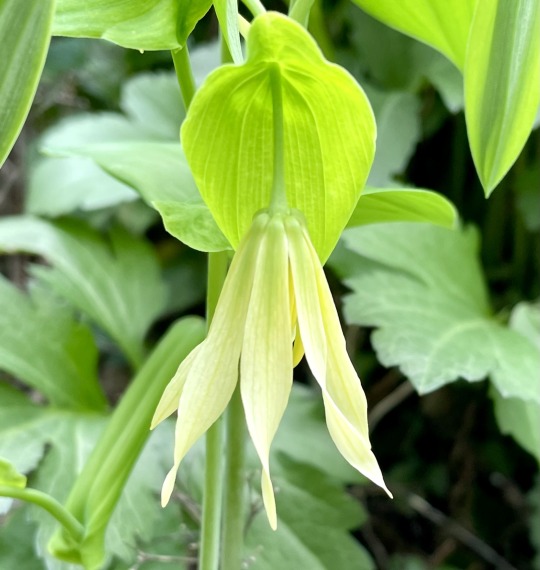

Merrybells, also known as large bellwort, Uvularia grandiflora, in the garden right now. It’s native to the eastern US but I’ve only seen other species of this genus in the wild here.
The leaves behind it are a cut leaf coneflower, Rudbeckia laciniata.
#plants#native plants#gardeners on tumblr#garden#april#uvularia#uvularia grandiflora#merrybells#springtime#plantblr
110 notes
·
View notes
Text
so I found this really cool website that sells native seeds- and you might be asking me "snekdood, haven't you posted an entire list of websites that sell native wildflower seeds that you're going to add on to soon?" and yes that's true, but that's not the kind of native seed im talking about rn.
see, on my quest to find websites that sell native wildflowers, I came across this dope ass website that sells seeds that have been farmed and harvested by ntv people traditionally, i'll let the website do the talking:




so anyways this is the coolest website ever. you can find the wild relatives of chiles on here called chiltepines, you can find different colors of corn and cool squash's, and every seed from whichever farm has it's own lil origin story written about it. you can also find other veggies here that are already commercially available to help fund and support this organization. as well as there being a cool gift shop with a lot of art made by different native folk from all around as well as cookbooks, jewelry, pottery, weavings, and clearly plenty more:

as well as a pantry?? with premade soup mixes??? and i really want to try them now??????

anyways I think its worth snoopin' around bc I'm almost positive you'll see something you think is cool (oh also if you happen to have some seeds passed down from ur family too and ur also native they seem like they would gladly help produce more)
#heirloom seeds#native plants#native wildflowers#native seeds#native seeds search#gardening#farming#seed conservation#heirloom vegetables#vegetables#crops#food#native american#native american traditions#native american heirloom seeds#support indigenous people#indigenous art
2K notes
·
View notes
Text
I had a bunch of meltdowns yesterday so my husband took me to see the ferns of the Sonoran desert. Here they are. You probably didn't know that the desert has ferns but it definitely does! They're super cool and adapted to high heat and little water. There are many species but we only found three right now. They like rocky outcroppings underneath trees and they frequently grow near seasonal creeks. Nobody grows these guys unfortunately. They're much more interesting than the ferns for sale in most nurseries, I think.

Here's the first fern. Pellaea truncata. Spiny Cliff Brake. It has a very unique look. Notice the bluish leaves that help handle excess light. There was a lot of this guy!
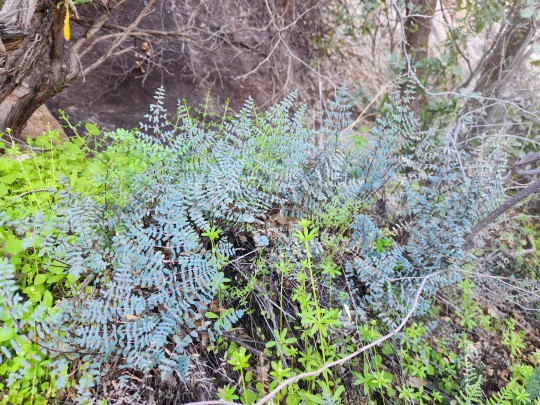

This fern was growing right next to the first! It's Myriopteris fendleri, we think, but we're not a hundred percent sure. Fendler's Lip Fern. These guys are a more traditional looking fern, but very small. Here's a pen for scale.
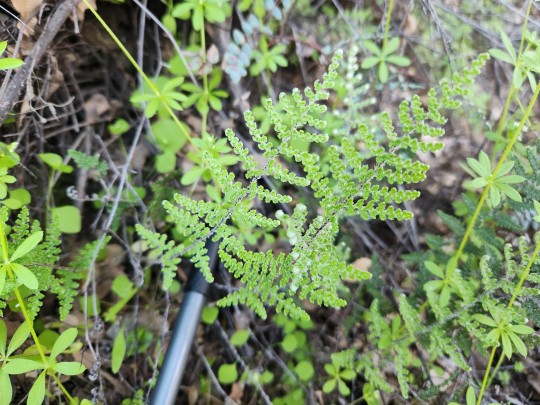
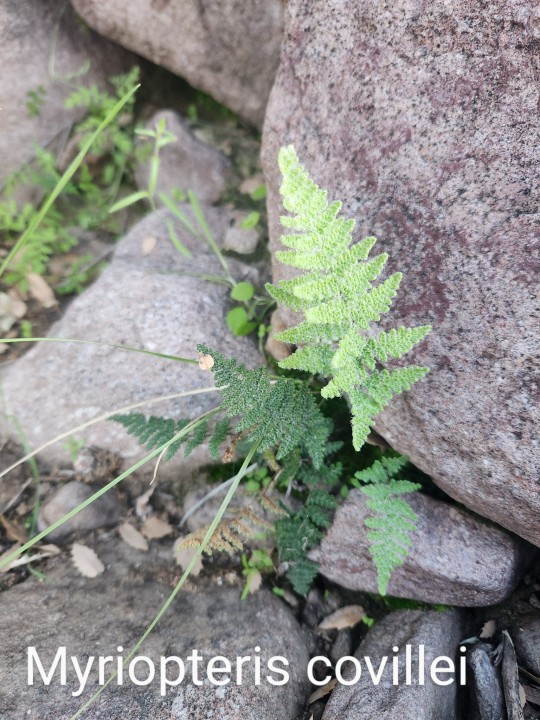
This one I found all by myself! A big milestone for a new fernhead! This is Myriopteris covillei. Coville's Lip Fern. Look at the back of the leaves! I think they recently made spores!

Anyway, I will keep you posted on my fern adventures. Sadly desert ferns are not much studied or cultivated by the native plant people. Not one of these are at any of the local botanical gardens. It's very sad.
763 notes
·
View notes
Text
"Marginal improvements to agricultural soils around the world would store enough carbon to keep the world within 1.5C of global heating, new research suggests.
Farming techniques that improve long-term fertility and yields can also help to store more carbon in soils but are often ignored in favor of intensive techniques using large amounts of artificial fertilizer, much of it wasted, that can increase greenhouse gas emissions.
Using better farming techniques to store 1 percent more carbon in about half of the world’s agricultural soils would be enough to absorb about 31 gigatons of carbon dioxide a year, according to new data. That amount is not far off the 32 gigaton gap between current planned emissions reduction globally per year and the amount of carbon that must be cut by 2030 to stay within 1.5C.
The estimates were carried out by Jacqueline McGlade, the former chief scientist at the UN environment program and former executive director of the European Environment Agency. She found that storing more carbon in the top 30 centimeters of agricultural soils would be feasible in many regions where soils are currently degraded.
McGlade now leads a commercial organization that sells soil data to farmers. Downforce Technologies uses publicly available global data, satellite images, and lidar to assess in detail how much carbon is stored in soils, which can now be done down to the level of individual fields.
“Outside the farming sector, people do not understand how important soils are to the climate,” said McGlade. “Changing farming could make soils carbon negative, making them absorb carbon, and reducing the cost of farming.”
She said farmers could face a short-term cost while they changed their methods, away from the overuse of artificial fertilizer, but after a transition period of two to three years their yields would improve and their soils would be much healthier...
Arable farmers could sequester more carbon within their soils by changing their crop rotation, planting cover crops such as clover, or using direct drilling, which allows crops to be planted without the need for ploughing. Livestock farmers could improve their soils by growing more native grasses.
Hedgerows also help to sequester carbon in the soil, because they have large underground networks of mycorrhizal fungi and microbes that can extend meters into the field. Farmers have spent decades removing hedgerows to make intensive farming easier, but restoring them, and maintaining existing hedgerows, would improve biodiversity, reduce the erosion of topsoil, and help to stop harmful agricultural runoff, which is a key polluter of rivers."
-via The Grist, July 8, 2023
#agriculture#sustainable agriculture#sustainability#carbon emissions#carbon sequestration#livestock#farming#regenerative farming#native plants#ecosystems#global warming#climate change#good news#hope
4K notes
·
View notes
